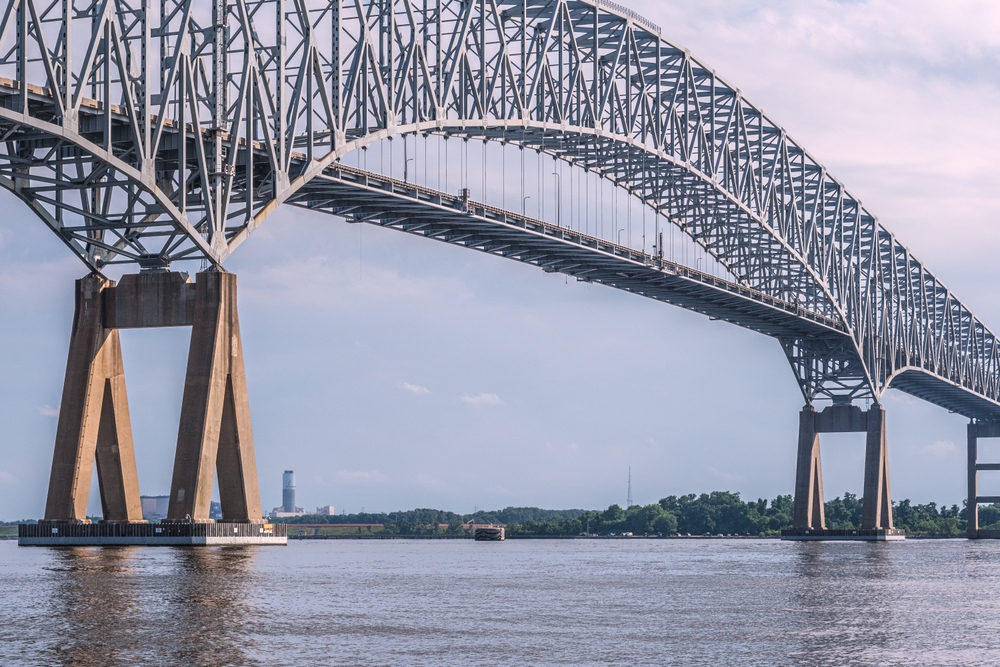The catastrophic collapse of the Francis Scott Key Bridge in Baltimore on March 26 following a collision with a cargo ship, portions of which have not been cleared months later, sent shockwaves through the city and the delicate web of the global supply chain. This vital East Coast transportation hub, once America’s second-largest continuous truss bridge, responsible for a significant portion of American car imports and other goods, was rendered inaccessible after it was partially submerged underwater in the Patapsco River. The impact is still felt months later, with businesses and consumers facing disruptions and rising costs.
A Major Artery Cut-Off
The bridge, named after the national anthem’s lyricist, was no stranger to large traffic volumes. According to the American Trucking Association, the bridge handled thousands of vehicles daily, including 4,900 trucks per day carrying goods valued at an annual $28 billion. This sudden halt in movement forced a scramble for alternative routes, creating a domino effect across the supply chain.
The Baltimore Bridge closure may lead to a long-term change in how goods move around the country, and it has not just impacted the companies that rely directly on the port. The delays create a domino effect throughout the supply chain. Companies bringing goods in from overseas have started rerouting shipments through West Coast ports and then send them east by train, all to avoid further disruptions on the East Coast.
The bridge tragedy doesn’t just impact companies that directly relied on the port. It created a domino effect throughout the supply chain. For example, car manufacturers facing import delays may have had to slow down production, impacting auto parts suppliers and dealerships. This ripple effect slows down not just the car makers but also hits hard at parts suppliers and dealers waiting eagerly for new models. Think of an economic slowdown as a domino effect – one-piece falls, potentially taking jobs with it and slowing down our collective stride toward growth.
The bridge’s collapse serves as a reminder of how fragile the global supply chain can be. It exposes vulnerabilities in infrastructure, reliance on specific shipping routes, and the lack of diversification within the system. This event may catalyze change, prompting businesses and policymakers to work together to build a more resilient supply chain. This could involve:
- Increased investment in infrastructure: Upgrading and maintaining critical infrastructure like bridges and ports is crucial to ensure the uninterrupted flow of goods.
- Diversification of transportation routes: Relying on a single route or port makes the system vulnerable. Exploring alternative routes and modes of transportation can provide more flexibility during disruptions.
- Investment in technology: Utilizing real-time tracking and data analytics can improve visibility and efficiency within the supply chain, allowing for quicker adaptation to disruptions.
Charm City’s maritime accident wasn’t just a local problem, it was a wake-up call for the entire global supply chain. What’s happening in Baltimore is only a piece of the puzzle. This event may be a turning point, prompting a collaborative effort between businesses and policymakers to build a more resilient system. The end goal? To boost global commerce, creating an easier path for products to travel across borders.
Manufacturers navigating supply chain disruptions can enhance their logistics operations by opting for iGPS plastic pallets. These pallets are engineered to seamlessly integrate with automated systems, ensuring a smooth flow and contributing to a sustainable and climate-resilient supply chain. For more information, contact us at 1-866-557-0047, email a specialist at switch@igps.net, or visit our contact page.



